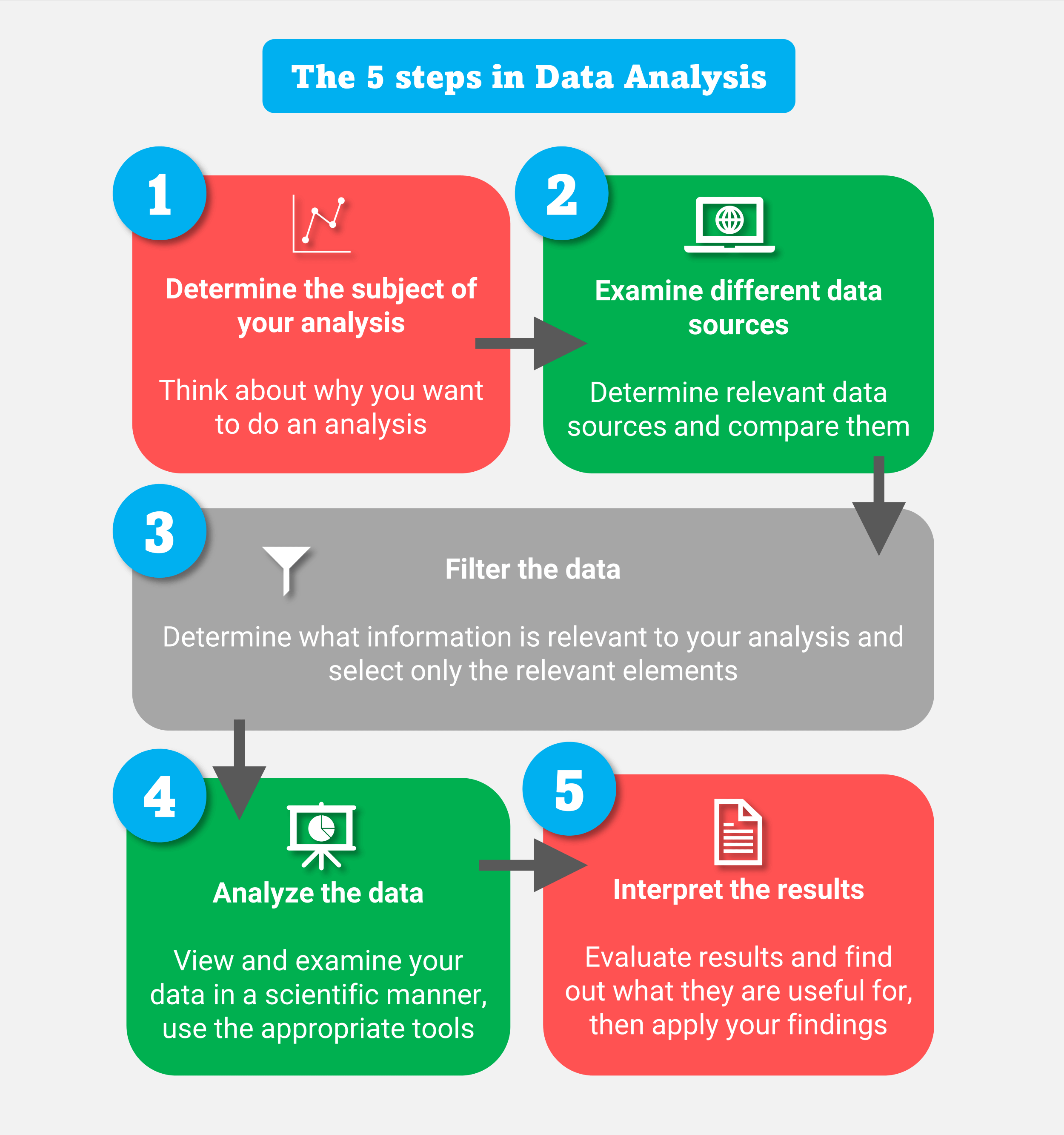Financial mathematics is a field that deals with the application of mathematical and statistical techniques to financial markets and instruments. It involves the use of advanced mathematical models to analyze and manage financial risk, as well as to develop investment strategies. R programming is a popular programming language that excels in financial mathematics due to its extensive range of libraries, packages, and tools.
R programming has become a standard tool in the field of financial mathematics due to its ability to perform complex statistical analysis, data visualization, and modeling. Here are five ways R programming excels in financial mathematics:

1. Time Series Analysis
R programming has an extensive range of libraries and packages that make it ideal for time series analysis. Time series analysis is a crucial aspect of financial mathematics, as it involves the analysis of historical data to identify patterns and trends. R's libraries such as zoo, xts, and forecast provide a wide range of functions for time series analysis, including data manipulation, visualization, and modeling.
One of the most commonly used packages in R for time series analysis is the forecast package. This package provides a range of functions for forecasting, including ARIMA, exponential smoothing, and regression models. The package also includes a range of diagnostic tools, such as autocorrelation and partial autocorrelation functions, to help identify the best model for the data.

2. Derivatives Pricing
Derivatives pricing is a critical aspect of financial mathematics, as it involves the valuation of financial instruments such as options, futures, and swaps. R programming has a range of libraries and packages that make it ideal for derivatives pricing, including the Derivatives and QuantLib packages.
The Derivatives package provides a range of functions for pricing derivatives, including the Black-Scholes model for options pricing and the binomial model for discrete-time pricing. The package also includes a range of functions for calculating Greeks, such as delta, gamma, and vega.

3. Risk Management
Risk management is a critical aspect of financial mathematics, as it involves the identification and management of financial risk. R programming has a range of libraries and packages that make it ideal for risk management, including the PerformanceAnalytics and PortfolioAnalytics packages.
The PerformanceAnalytics package provides a range of functions for performance measurement and attribution, including the calculation of returns, risk, and Sharpe ratios. The package also includes a range of functions for risk modeling, including value-at-risk (VaR) and expected shortfall (ES).

4. Portfolio Optimization
Portfolio optimization is a critical aspect of financial mathematics, as it involves the selection of assets and the allocation of weights to maximize returns and minimize risk. R programming has a range of libraries and packages that make it ideal for portfolio optimization, including the PortfolioAnalytics package.
The PortfolioAnalytics package provides a range of functions for portfolio optimization, including the calculation of optimal weights and the generation of efficient frontiers. The package also includes a range of functions for risk modeling, including VaR and ES.

5. Data Visualization
Data visualization is a critical aspect of financial mathematics, as it involves the representation of complex data in a clear and concise manner. R programming has a range of libraries and packages that make it ideal for data visualization, including the ggplot2 and Shiny packages.
The ggplot2 package provides a range of functions for creating high-quality, interactive plots, including histograms, scatter plots, and time series plots. The package also includes a range of functions for customizing plots, including the addition of titles, labels, and legends.

In conclusion, R programming excels in financial mathematics due to its extensive range of libraries, packages, and tools. From time series analysis to derivatives pricing, risk management, portfolio optimization, and data visualization, R programming provides a comprehensive suite of tools for financial mathematicians. Whether you are a student, researcher, or practitioner, R programming is an essential tool for anyone interested in financial mathematics.
We hope you found this article informative and helpful. If you have any questions or comments, please feel free to share them below.





What is R programming?
+R programming is a programming language and software environment for statistical computing and graphics.
What is financial mathematics?
+Financial mathematics is a field that deals with the application of mathematical and statistical techniques to financial markets and instruments.
What are the benefits of using R programming in financial mathematics?
+R programming provides a comprehensive suite of tools for financial mathematicians, including time series analysis, derivatives pricing, risk management, portfolio optimization, and data visualization.
